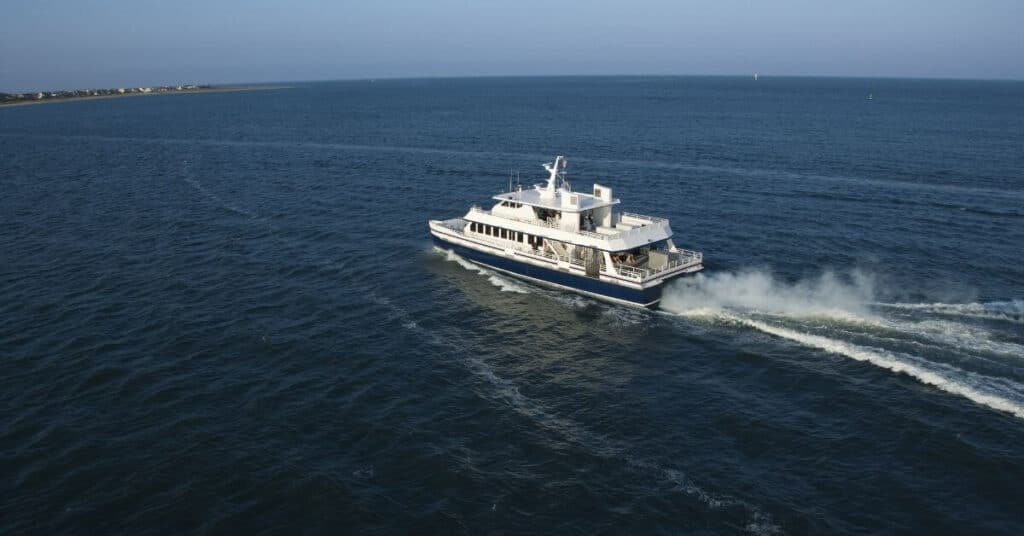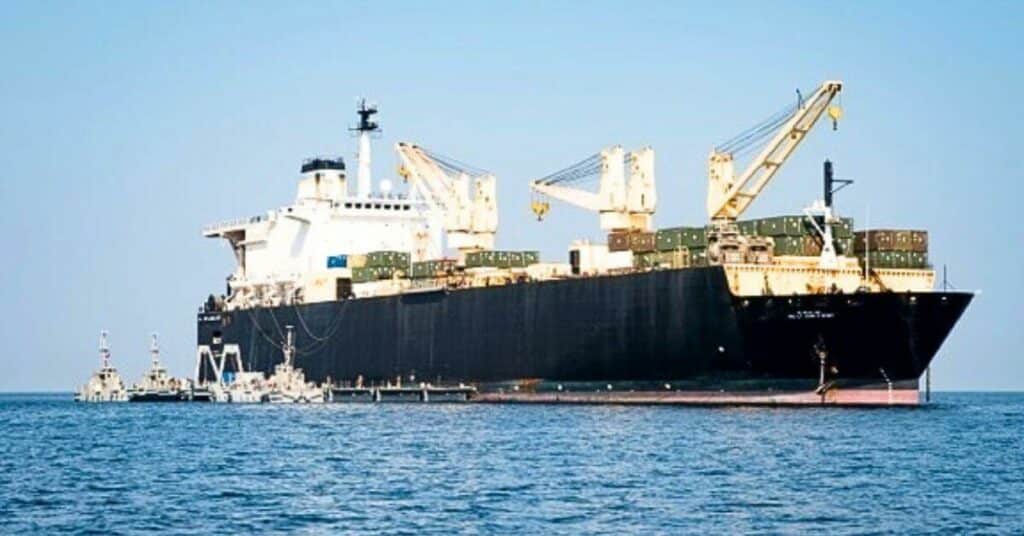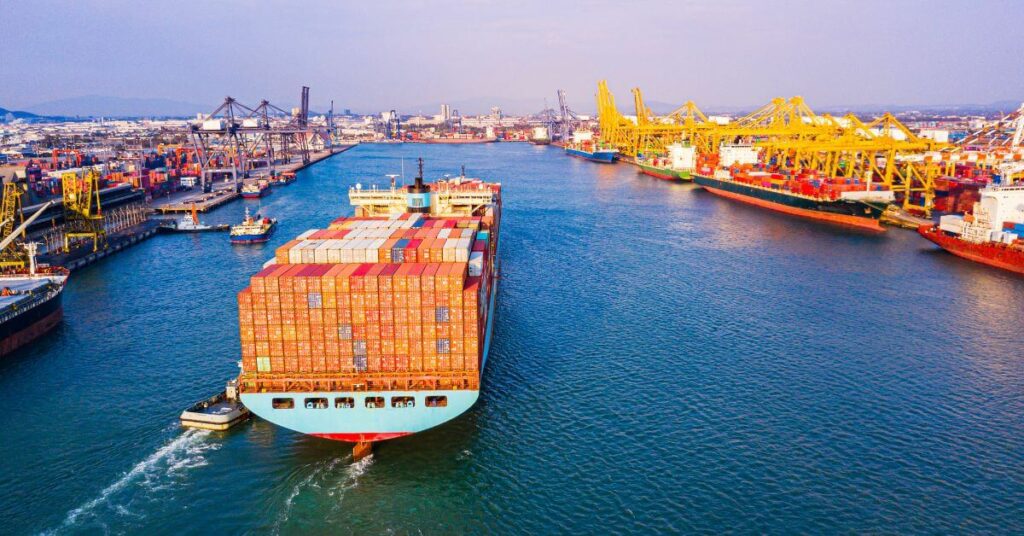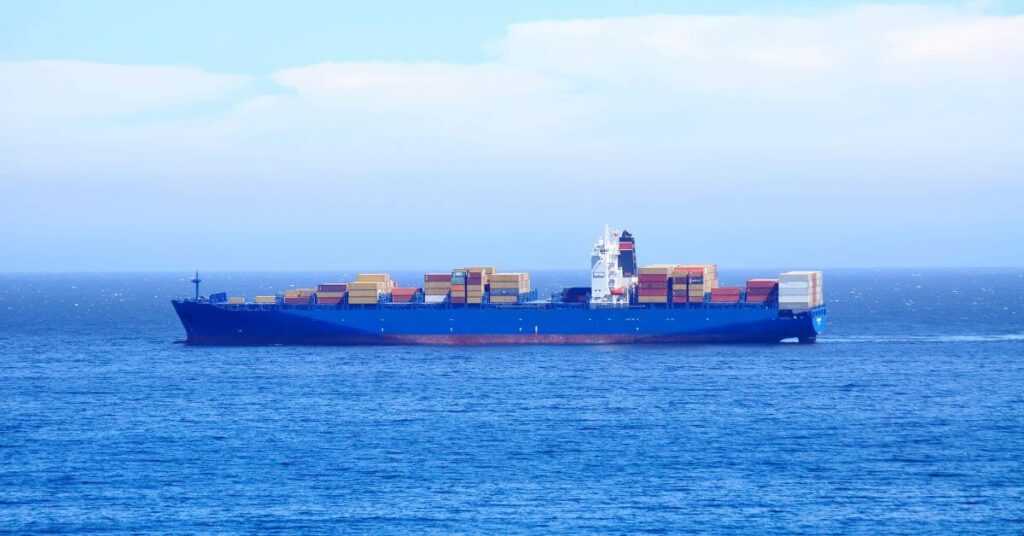World’s Second Deepest Blue Hole Of 900 ft Found in Mexico
Black holes seem to have cousins that appear in the oceans. They are mostly unexplored and are called blue holes. Scientists have also revealed that they’ve recently discovered the second-deepest blue hole in the world in Chetumal Bay, off the Yucatan Peninsula coast in Mexico.
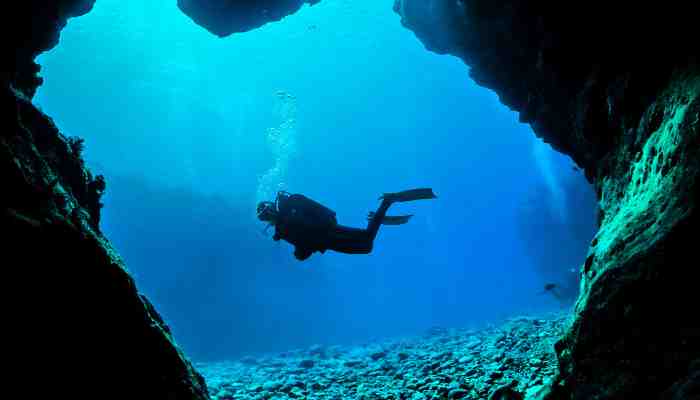
What is a blue hole?
A blue hole is defined as a huge underwater sinkhole that is about hundreds of meters long, often matching the height of multiple skyscrapers and also spanning areas that are larger than cities.
Further, they are considered to be formed in the latter ice ages almost 11,000 years ago due to the erosion of the limestone terrains. When seawater meets limestone, water permeates rocks as they are porous.
This helps chemicals in the water react with limestone, eating it away. Once the glaciers melted and the seawater rose with time, water rushed into the caverns and filled those up, creating sinkholes.
What do we know about the blue hole in Chetumal Bay?
Referred to as Taam Ja, meaning deep water, the blue hole discovered in Chetumal Bay is nearly 900 feet deep. The giant hole covers an area of about 13,660 sq. meters. While this one was first discovered back in 2021, it was recently documented in the scientific journal titled Frontiers In Marine Science.
Taam Ja is known for its steep sides with slopes of about 80 degrees and the mouth of the cavern at almost 15 feet below sea level, per Live Science. It is the second-largest blue hole and falls short of the record made by the deepest one, the Dragon Hole found in the South China Sea.
What do we know about the Dragon Hole?
The Dragon Hole is about 987 feet deep, way deeper than the earlier record holder, the Dean’s Blue Hole, found in the Bahamas. Per Xinhua, Dragon Hole has its mention in the Ming dynasty novel titled Journey to the West, wherein the character of a supernatural monkey receives a magical cudgel from a kingdom that lies under the sea and is ruled by a dragon.
While some blue holes, like the Dragon Hole, open up to the marine world, the rest are inland.
What makes blue holes mysterious?
Blue holes are a mystery to scientists. They are hard to reach, and hence not many researchers have tried to study them. They are mostly poorly understood, per Christopher G Smith, an experienced coastal geologist associated with the US Geological Survey (USGS).
He has extensively studied other submarine sinkholes but wasn’t involved in this latest research, informed Live Science.
Blue holes are ecological hotspots. They boast an abundance of animal and plant life. Interestingly, oxygen is limited in the caves, and sunlight is available only close to the surface.
Life in blue holes has gradually adapted to the low-oxygen environment. It is further fueled by the energy created by bacteria that make use of sulfate rather than oxygen during photosynthesis, per EarthSky.org.
The giant voids offer scientists with insights into what life on our planet appeared like millions of years ago when the Earth was lacking oxygen. They could also show us more about life on the other planets.
Back in 2012, researchers who were researching blue holes in the Bahamas discovered bacteria deep down the caverns where no other life forms dwelled. The DNA analysis of microbes from five Bahamian blue holes found no shared species. These findings could offer clues as to what life may exist in extreme conditions elsewhere in our solar system, per Live Science.
Reference: India Today, Times of India
Disclaimer :
The information contained in this website is for general information purposes only. While we endeavour to keep the information up to date and correct, we make no representations or warranties of any kind, express or implied, about the completeness, accuracy, reliability, suitability or availability with respect to the website or the information, products, services, or related graphics contained on the website for any purpose. Any reliance you place on such information is therefore strictly at your own risk.
In no event will we be liable for any loss or damage including without limitation, indirect or consequential loss or damage, or any loss or damage whatsoever arising from loss of data or profits arising out of, or in connection with, the use of this website.
Disclaimer :
The information contained in this website is for general information purposes only. While we endeavour to keep the information up to date and correct, we make no representations or warranties of any kind, express or implied, about the completeness, accuracy, reliability, suitability or availability with respect to the website or the information, products, services, or related graphics contained on the website for any purpose. Any reliance you place on such information is therefore strictly at your own risk.
About Author
Marine Insight News Network is a premier source for up-to-date, comprehensive, and insightful coverage of the maritime industry. Dedicated to offering the latest news, trends, and analyses in shipping, marine technology, regulations, and global maritime affairs, Marine Insight News Network prides itself on delivering accurate, engaging, and relevant information.

About Author
Marine Insight News Network is a premier source for up-to-date, comprehensive, and insightful coverage of the maritime industry. Dedicated to offering the latest news, trends, and analyses in shipping, marine technology, regulations, and global maritime affairs, Marine Insight News Network prides itself on delivering accurate, engaging, and relevant information.
Do you have info to share with us ? Suggest a correction
- U.S. Department Of Transportation Invests $316 Million To Modernise Passenger Ferry Services
- U.S. Navy Ship Heading To Gaza For Building Temporary Dock Returns After Engine Room Fire
- Indian Navy On High Alert In Persian Gulf Amid Rising Regional Tensions
- COVID-19 Pandemic Limits Container Market Growth By 24.6 Million TEU
- EU Admiral Urges For More Warship Deployment In Red Sea To Protect Commercial Shipping
- MSC Assures Safety Of 25 Crew Members Onboard Cargo Ship MSC Aries Seized By Iran
Latest Shipping News Articles You Would Like:
Subscribe To Our Newsletters
By subscribing, you agree to our Privacy Policy and may receive occasional deal communications; you can unsubscribe anytime.
Web Stories










